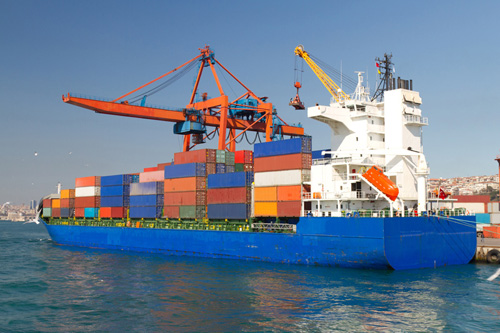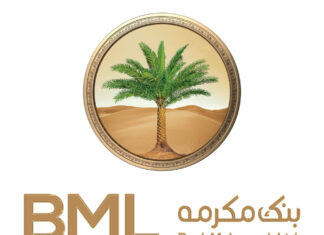Pakistan is an energy-hungry country, whose imports bill is consistently on the rise with every year and now its oil imports’ bill stands at $9.89 billion, up by 32.61 per cent in July-May 2016-17 compared to $7.462 billion in the same period of the last financial year.
The main reason behind such rising import bill was not the only hike in oil prices in the international market, but the government imports Liquefied Natural Gas (LNG) worth $1.150 billion in Pakistan. LNG import surged by 134 per cent during last eleven month of the current fiscal year compared to the import of $491.25 million in the same period of 2015-16.
The total oil bill included crude oil and other petroleum products imports, which increased by 11.76 per cent (to $2.331bn from $2.087) and 31.21 per cent (to $6.207bn from $4.730bn), respectively.
“The import bill of the country is rising only because of the hike in international oil prices and rising imports of LNG from Qatar,” said an analyst. The oil companies had spent $9.896 billion in the last eleven months on the import of the petroleum products.
In May 2017, oil companies imported oil products worth $1.130 billion, up by 43.36 per cent, as compared to the imports of $788.51 million in May 2016. Meanwhile, it surged only by 11.23 per cent as compared to the figures of April 2017.
The import of Liquefied Petroleum Gas (LPG) also went up by 34.91 per cent in the last eleven months, as the companies spent $206.5 million on the import of this commodity as compared to the import of $153.068 million during the same period last year.
TEXTILES SECTOR IMPORTS:
Textile machinery imports increased by 23 per cent to $515.63 million in current fiscal year compared to $419.24 billion in the same period last year.
The imports of the raw material for the Textile Group increased by 5.43 per cent to $3.089 billion in the last eleven months against the import of $2.929 billion in the same period last year. During this period the import of raw cotton increased by 6.06 per cent to $760.4 million as compared to $717 million in the same period of the last year.
The annual exports of textiles have declined from $13.5 billion in the fiscal year 2013-14 to $10.5 billion in 2016-17, which might go further down due to the growing competition from China and India in the international, as well as from newcomer Vietnam and non-cotton-growing Bangladesh.
In the month of May 2017, the textile imports surged by 33.41 per cent to $353.9 million compared to $265.2 million May 2016. While it surged (negative) 1.78 per cent compared to $360.3million in April 2017.
According to analysts, the textile exports will largely remain under pressure in future because of weak demand for Pakistani products in the international market and a slowdown of economic activities in the European Union.
They said increasing prices of raw materials further aggravated by recent re-imposition of duty and sales tax on import of cotton and polyester and a lack of currency and industry’s competitiveness in the region.
TRANSPORT SECTOR IMPORTS:
The import in the transport sector increased by 21.67 per cent in July-May of current fiscal year as companies imported, cars, busses, CBU and CKD worth $2.983 billion compared to the $2.452 billion imports in the same period last year.
During the period, the import of Complete Built Unit (CBU) vehicles (heavy transport) registered an increase of 30.73 per cent because of an import of vehicles worth $652.38 million, while last year the vehicle import stood at $499 million. The import of buses, trucks and other heavy vehicles in July-May enhanced by 42.89 per cent to $283.7 million compared to $198.6 million in the same period last year.
The import of CBU or CKD (in light transports) registered an increase of 26.16 per cent to $943.4 million compared to $747.7 million in the same period last year.
MOBILE IMPORTS:
The figures of Pakistan Bureau of Statistics (PBS) shows that the official mobile imports have declined by 7.29 per cent to $637.13 million in July-May 2016-17 compared to $687.25 million in the same period last year.
GOLD IMPORTS:
The import of gold declined by 30 per cent to $15.917 million in the last eleven months of the current fiscal year compared to the import of $22.760 million in the same period last year. Because of instability in the price of Gold in the international market, local investors were avoiding to import gold, market experts opined.






















